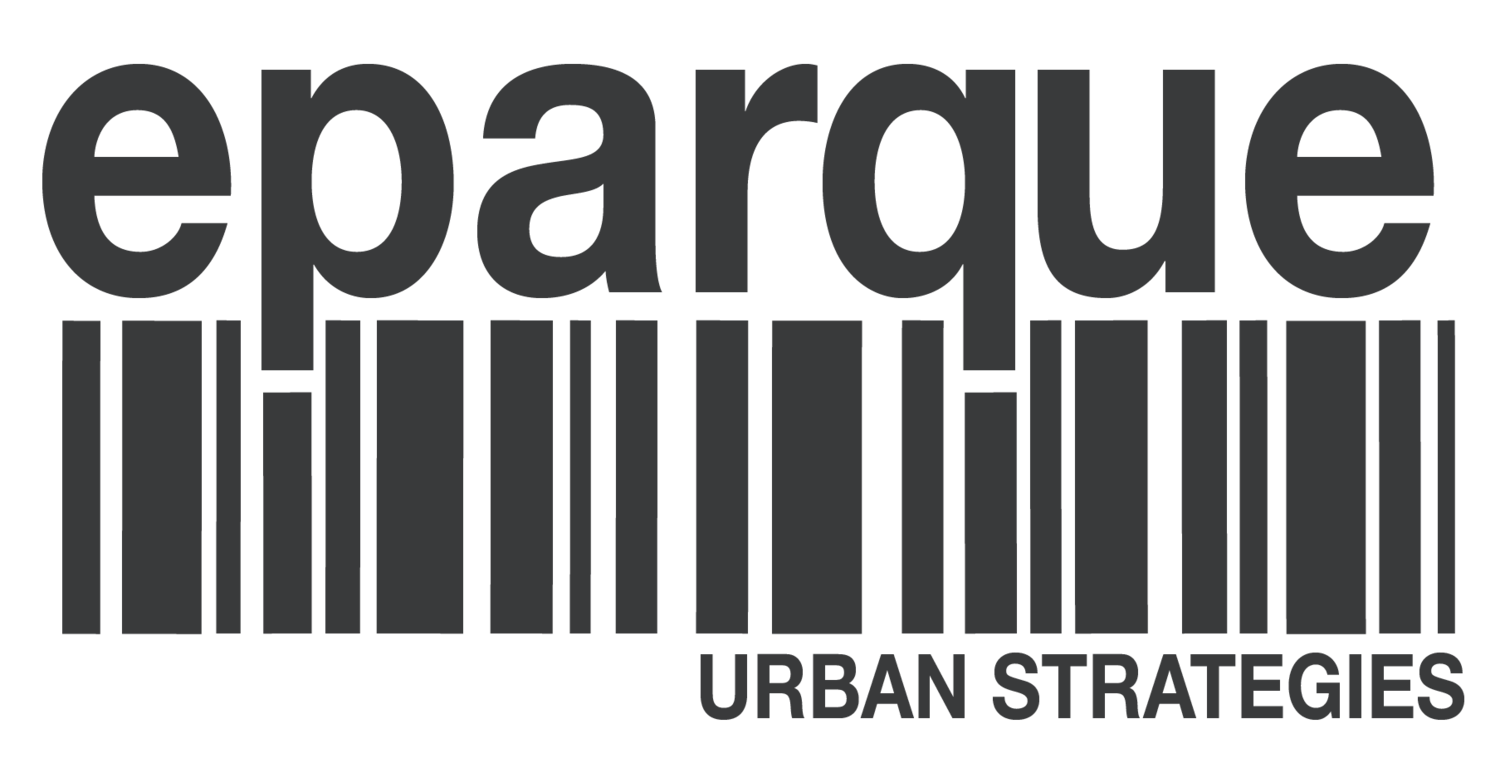The Economics of Uniqueness: Investing in Historic City Cores and Cultural Heritage Assets for Sustainable Development
2012
This book brings together a unique selection of papers that outline the economic rationale underpinning investing in historic inner cities. It links inner-city investing to economic development, job creation, development of infrastructure and services, and city branding. Regarding the conflict between historic preservation and development, the book recommends weighing the trade-offs and identifying acceptable levels of change and the extent of adaptive reuse. City leaders are urged to use a blend of regulation and incentives to achieve “integrated conservation.” Lastly, the book encourages dialogue between the public and private sectors. Heritage is a public good, and the economic justification for public-sector investment in cultural preservation is well established. However, it is unreasonable to expect the public sector to be the sole investor, and the solution is to have a combination of public and private investment, with a balance between the two that varies depending on the project scheme and context.
An electronic version of the book is available here.
